Forum Replies Created
-
AuthorPosts
-
Arturo Parada
ModeratorHi Claudia,
Great to meet you. I’m Arturo, an Analyst here at A.CRE. Happy to get you a quick response here!
In terms of your question.
Yes, there is a slight difference between the broker pro forma values shown in the video and the Excel template provided, specifically, in Cells F37 and F42 – Direct Cap tab. However, the difference is inconsequential to the analysis, in other words, such a difference doesn’t impact the the quiz results, as you can see in the “Watch Me Build Video”.
Let me know if this clarifies your question or if there’s anything else I can assist you with!
Arturo
1 user thanked author for this post.
Arturo Parada
ModeratorHi James,
Great to meet you. I’m Arturo, an Analyst here at A.CRE. Happy to help you here!
In terms of your question.
Yes, sure! Please see the attachment.
Keep in mind that the answer key may contain errors. If you find an error, or you have any questions about this particular case, please send us a message in the forum.
Hope that helps!
Arturo
Attachments:
You must be logged in to access attached files.
1 user thanked author for this post.
Arturo Parada
ModeratorHi Nicolette,
Great to meet you. I’m Arturo, an Analyst here at A.CRE. Happy to get you a quick response here!
In terms of your question.
First, every course in the core curriculum revolves around a case study, in this sense, you are presented with a case, taught a methodology for solving the real estate financial modeling challenge presented by the case, and set free to solve the case on your own.
You could start reading the assignment in detail (Lecture 3.1 Lakefront Industrial I Assignment), and then download the files you need to complete your task; I mean the most recent valuation and the assumption notes.
Next, consider reviewing the previous lessons, and remember that a typical “DCF” is divided into three parts; the “Investment Cash Flows”, the “Operating Cash Flows”, and the “Reversion Cash Flows” each with their characteristics.
Then, comes into play the great opportunity to put these skills to the test building from scratch this real estate financial model following the order that you learned.
Please note the following:
“For purposes of performing hold/sell analysis of an owned asset, the asset’s current market value less selling costs is entered as a sole Investment Cash Flow in time zero of the analysis.”
“In the case of Lakefront Industrial I, we’re assessing two possible scenarios. In scenario one, we hold the asset for an additional 10 years. In scenario two, we sell the asset and use the proceeds to acquire a different property.”
“So what’s the cost of choosing scenario one over scenario two? The cost is not our current basis, but rather is what we miss out on (i.e. the opportunity cost) by not going with scenario two. Or in other words, the net proceeds we would have taken in from selling the property had we gone with scenario two.”
Do your best! And then get the most out of the watch me build lesson! Spencer created a “Watch Me Build” video that demonstrates how could solve the case.
Hope that helps!
Arturo
April 25, 2023 at 10:05 am in reply to: Discounted Cash Flow Model for Marcus & Millichap v.1.12 Mdel DCF #20497Arturo Parada
ModeratorHi Mitchell,
In terms of your request.
I updated the model considering the “Analysis Period End” (Cell E11, Model DCF – Tab) as an input.
I attached the new model called “Marcus & Millichap + A.CRE Model v1.14” with the changes.
Note: You can visualize the changelog in the version tab.
Hope this helps.
Arturo Parada
Attachments:
You must be logged in to access attached files.
1 user thanked author for this post.
April 19, 2023 at 9:34 am in reply to: Discounted Cash Flow Model for Marcus & Millichap v.1.12 Mdel DCF #20445Arturo Parada
ModeratorHi Mitchell,
First, thanks for posting your question in the forum.
In terms of your questions.
When inserting the years in the Analysis Period End /Reversion Year End field, is that supposed to change the number of operating cash flow years. The model I’m using extends to 10-years.
Yes, you are right. This model was designed to go out in “Year 10”, which means that the “Analysis Period End” isn’t an input.
How do I change it to five years or some other time period?
There is a process behind that, so I will update the model in the next few days. Then, I will send you that.
Hope this helps!
Arturo Parada
-
AuthorPosts
